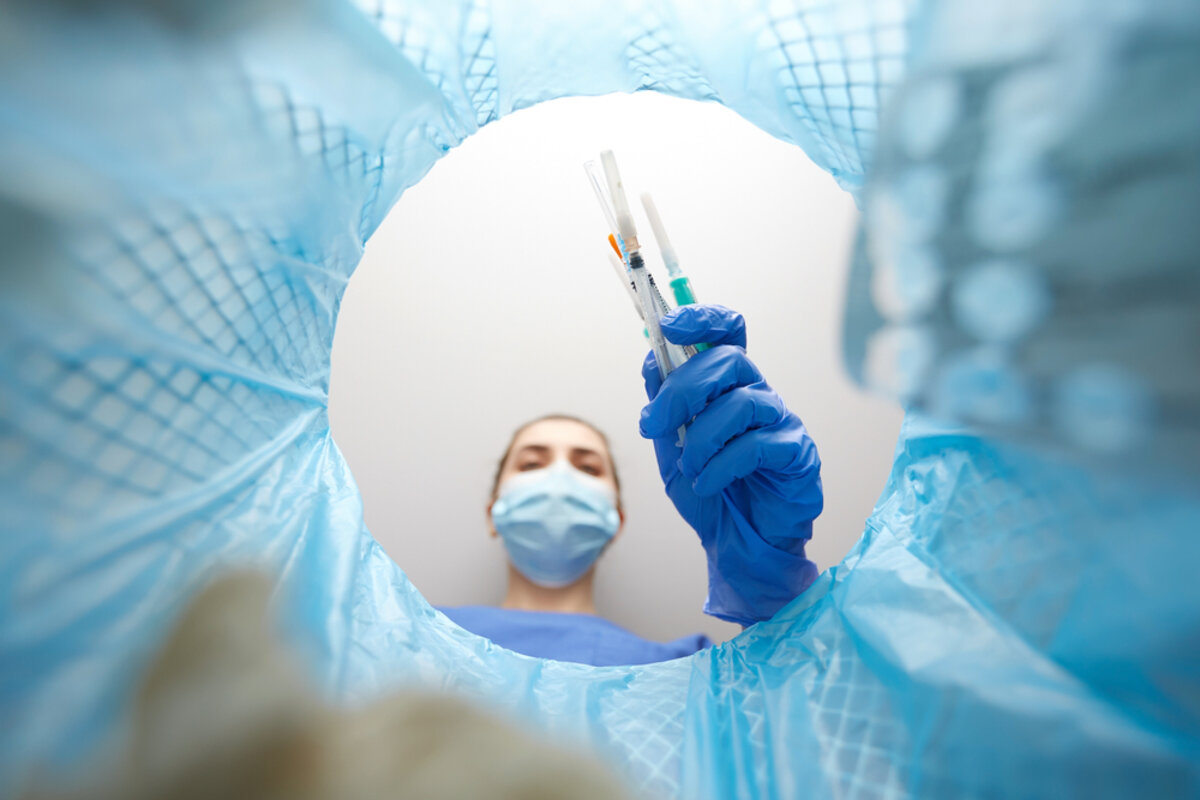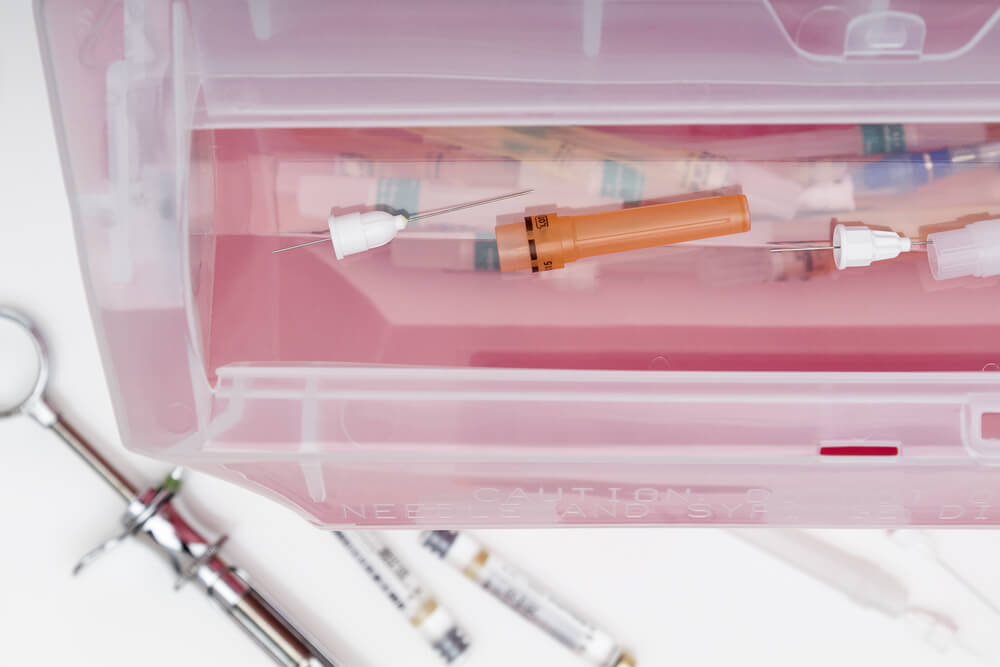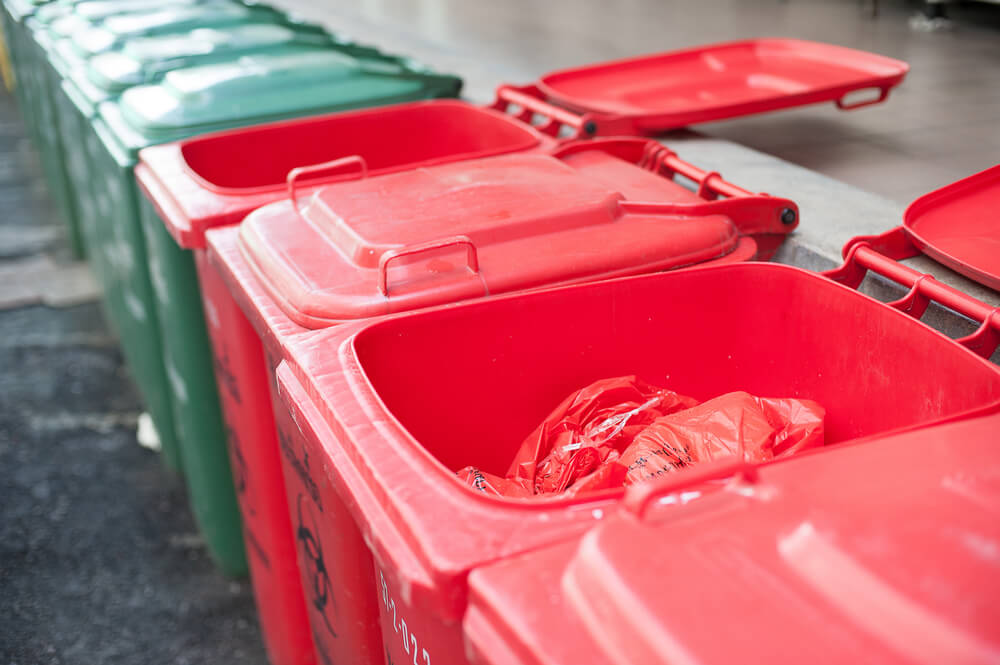
11 Oct Managing Medical Waste Disposal at Dental Practices
Managing medical waste effectively has recently been an ecological issue and a significant challenge for healthcare facilities around the globe, including dental practitioners. The dental industry uses various hazardous products and produces regulated medical waste (RMW), posing a public health risk as it can potentially transmit infectious diseases.
Because of this, the waste cannot be thrown into regular trash as it can end up in sewers and be dumped in landfills. However, with proper disposal protocols, this can be eliminated almost entirely. These protocols are vital to ensure compliance with state regulations, reduce the risk of spreading infectious disease through cross-contamination to dental staff and patients, and prevent harming the environment.
Let’s take a closer look at the most common types of waste generated in dental clinics, and steps your team can take to dispose of these items safely.
Best Practices for Medical Waste Disposal at Dental Offices
Separating hazardous from general trash is crucial for infection control in healthcare settings and for safeguarding the environment. We’ve gathered the Federal standards for responsibly disposing of dental waste, so your dental practice can remain compliant with these requirements:
Amalgam
Dental amalgam comprises a mixture of various metals, including silver, copper, tin, and mercury. Its primary use is for dental fillings. Due to its mercury content, handling amalgam after removal warrants special precautions and care. As mercury is toxic, amalgam waste should not be mixed with other general trash or in sharps containers to prevent mercury pollution.
As of 2020, the U.S. Environmental Protection Agency (EPA) encourages dental clinics to use amalgam separators to capture and prevent toxic mercury from ending up in sewers and being released into the environment.
Sharps
Sharps refer to objects that can cut through the human skin, like needles, explorers, probes, blades, wires, and clinical glass. If sharps cut through the human skin there is risk of exposure to blood-borne pathogens and diseases like HIV/AIDS, hepatitis B, and hepatitis C. Because of this, sharps require safe disposal into designated sharps containers that are puncture resistant to avoid needle stick injuries.
Dental practices should ensure that these containers are not overfilled at any point, and are easily accessible near the point of use and away from high-traffic areas to prevent accidental injury. The Occupational Safety and Health Administration recommends placing sharps containers at eye level to allow staff to see the top and avoid injury due to sharps sticking out of the top of the container.
Lead and Silver Waste
Lead foils in x-ray packets and lead aprons have leachable toxins. These items must not be thrown in regular trash as they can contaminate the environment by mixing into the soil and groundwater. Dental establishments should ensure they are stored in designated, airtight containers labeled hazardous and dropped off at a local recycling company, picked up by or mailed to an approved hauler.
Likewise, silver waste, including used x-ray photographic fixers and x-ray films, must be stored in separate containers. Installing an on-site silver recovery unit can get rid of silver from fixer solutions, or you may contact a medical waste provider to safely dispose of it.
Biohazardous Waste
Biohazardous waste refers to any items containing infectious agents like blood or bodily fluids like saliva. That could include:
- Bandages
- Blood-soaked gauze
- Cotton
- Extracted teeth that do not contain amalgam
Biohazardous waste, whether in solid or liquid, must be placed in a leak-proof red bag and disposed of by a waste carrier. It will be placed in an autoclave to kill the bacteria or virus if sent to a landfill site or destroyed in an incinerator.
Chemicals, Disinfectants, and Sterilizers
Various disinfecting and instrument sterilizing chemicals are toxic and can have a detrimental impact on the environment if sent to landfills by contaminating the soil and groundwater. You must seek guidance from a medical waste management company or the authority having jurisdiction in your state for the appropriate disposal of these chemicals.
How to Ensure Effective Medical Waste Disposal at My Dental Practice
Healthcare facilities owe a duty of care to protect their staff, patients, and the environment from the hazards of medical waste by strictly adhering to the established waste disposal rules and regulations. If you run a dental office, contacting an infection control consultant is a viable option to adopt the correct waste management procedures due to its infectious nature.
At Infection Control Results, our certified and experienced professionals will conduct an on-site assessment, and recommend the best waste handling and disposal techniques that are in compliance with state and federal regulations and that minimize the risk of infections and injury.
At the core of our services is also educating your staff about the safe handling and disposal of dental waste. Contact Infection Control Results today to schedule your appointment.


